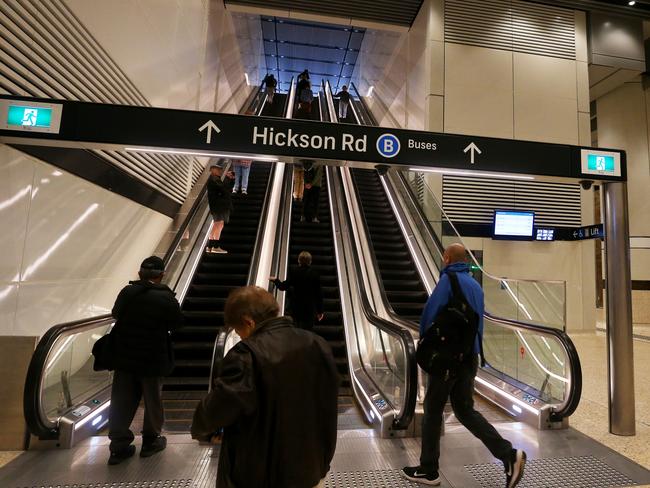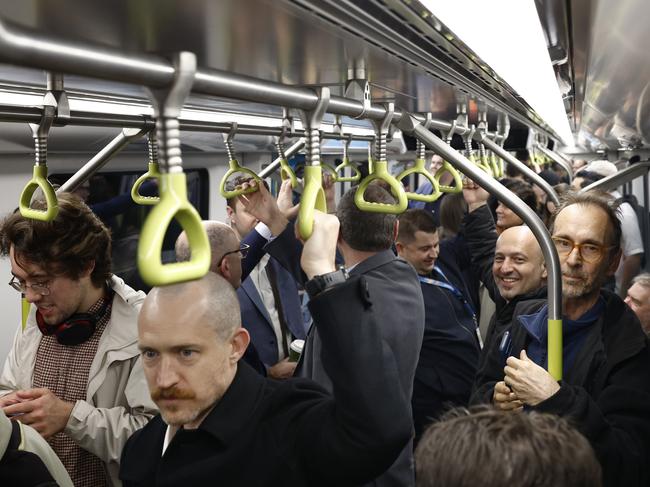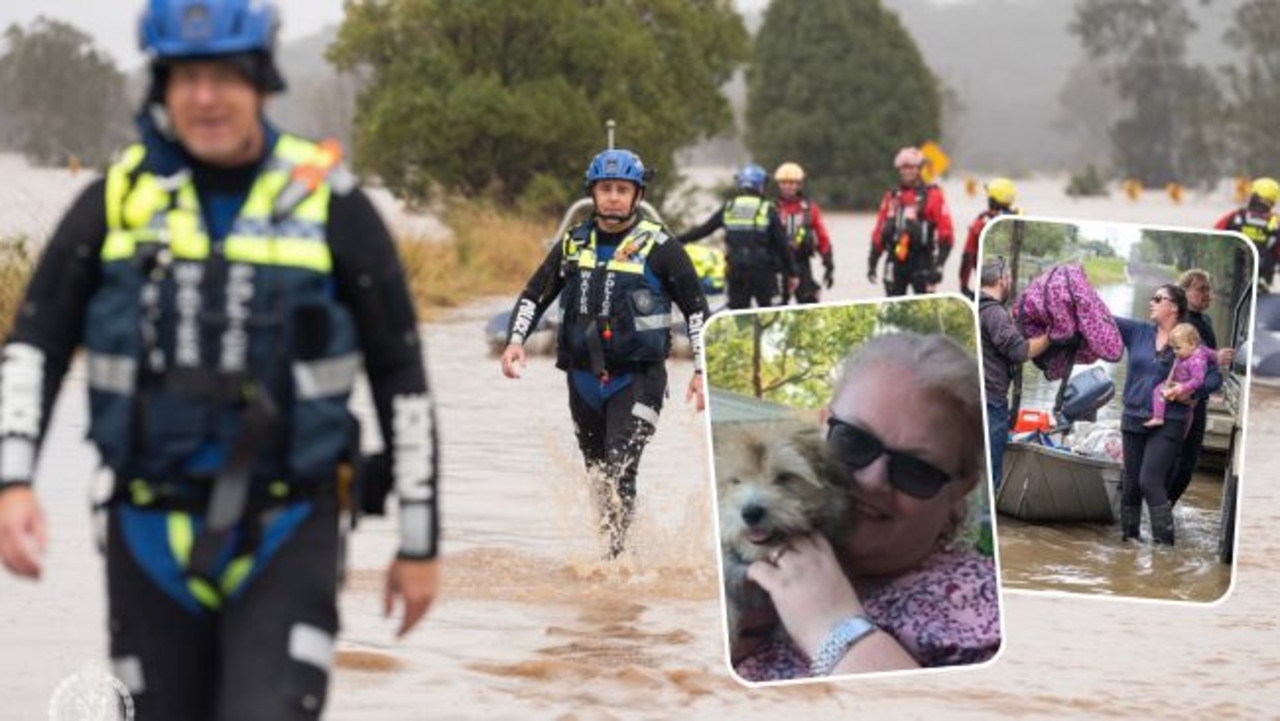Everything you need to know about Sydney’s new Metro
After a long wait, Sydney’s new Metro stations finally opened to passengers. But before you take a trip, let us answer your key questions.

NSW
Don't miss out on the headlines from NSW. Followed categories will be added to My News.
After a long wait, Sydney’s new Metro stations finally opened to passengers this week.
As part of the $21 billion project, new stations have been added at Sydenham, Waterloo, Central, Gadigal (Pitt St), Martin Place, Barangaroo, Victoria Cross, and Crows Nest.
The Daily Telegraph has all the details you need and answers to your questions.
How much does the Metro cost per trip?
For the new Sydney Metro, your fare depends on several factors: the distance travelled, the mode of transport, eligibility for concession fares, and any applicable Opal card benefits, such as discounts or fare caps.
Adult fares apply to those aged 16 and over, except for certain student concessions.
If you don’t have an Opal card, you can use contactless payment or purchase a single trip ticket.

Failure to tap off will result in being charged the maximum fare for your journey.
Adult Opal card and single trip ticket fares based on distance:
0-10 km: $5.00 (Opal card- Adult) / $2.50 (Opal card- Child)
10-20 km: $6.30 (Opal card- Adult) / $3.10 (Opal card- Child)
20-35 km: $7.20 (Opal card- Adult) / $3.60 (Opal card- Child)
35-65 km: $9.60 (Opal card- Adult) / $4.80 (Opal card- Child)
65+ km: $12.40 (Opal card- Adult) / $6.20 (Opal card- Child)
Off-peak discounts may apply to Opal card users.
What happens if I transfer from another train or bus or light rail to a Metro service?
Trips that include transfers between Sydney Metro, Sydney Trains and/or NSW TrainLink Intercity services are considered a continuous journey.
No need to tap off and tap on again between services.

How likely am I to get a seat?
Sydney’s Metro trains and station platforms are primarily designed for standing.
While there is a single row of seats along each side of the carriage under the windows, these are limited and often taken quickly.

Is the Metro safe without a driver?
Many people wonder, “Are driverless trains truly safe?” We’ll give you the details.
Automated trains enhance passenger safety by using monitoring systems that respond to unexpected situations more quickly than humans. Additionally, automation helps reduce waiting times, as trains can operate more frequently.
Transport Minister Jo Haylen, whose original opening date of August 4 was delayed due to a lack of approval from the rail safety regulator, emphasised the importance of safety, urging passengers to “hold on” when boarding the $21.6 billion infrastructure.
“These trains are frequent and fast, so take your time,” she advised. “Parents and carers, hold your kid’s hand—you don’t want them on one train and you on another. And since these trains take off quickly, make sure you’re holding on; you don’t want to be left on the floor.”
Do you have a story for The Daily Telegraph? Message 0481 056 618 or email tips@dailytelegraph.com.au





